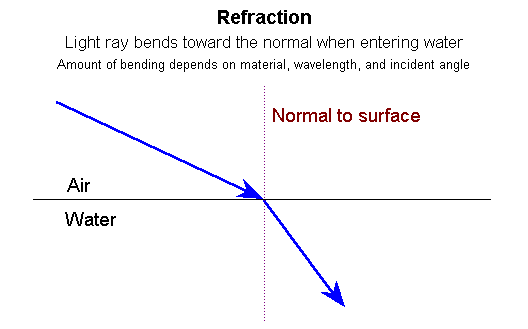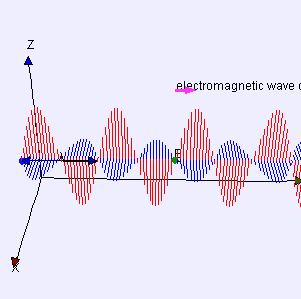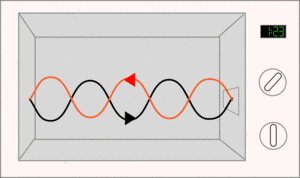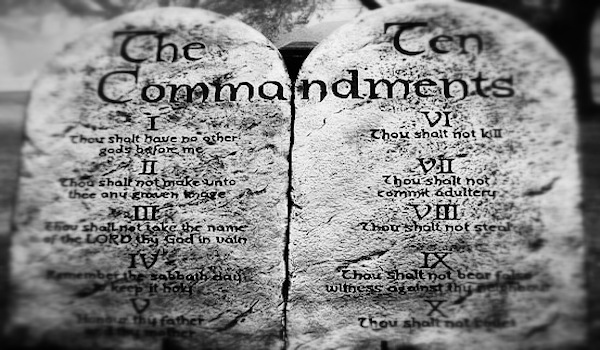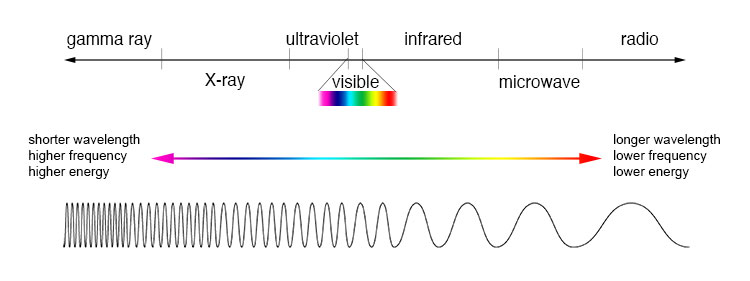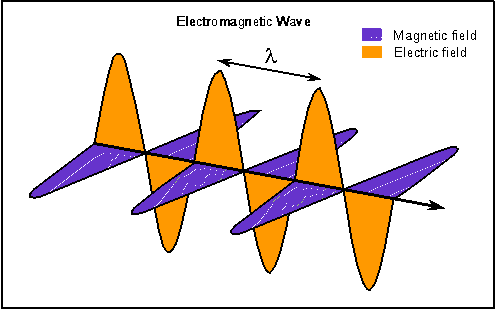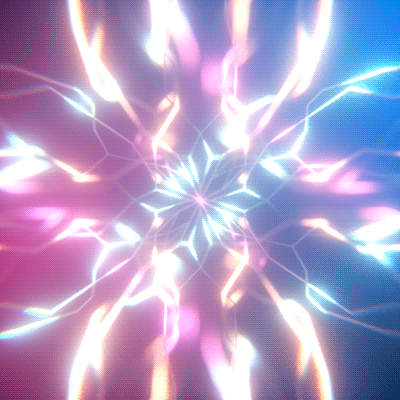When light hits any form of matter, it is able to interact with the matter in three different ways - the light can be be reflected, absorbed, or transmitted.

Reflection happens when light bounces off an object. Light that is reflected allows us to see things.
Absorption light can make objects warmer. Absorption is the transfer of light energy to matter.
Transmission is the passing of light through matter. Transmission of light happens all the time. All light that reaches our eyes is transmitted thorough air.
How is the colors of light determined?
We as humans see different wavelengths of light as different colors. The color that an object appears to be is determined by the wavelengths of light that travels and reaches our eyes. Light reaches our eyes after it is reflected off an objector after being transmitted through an object. When our eyes receive this light, they send signals to our brains. Our brains then interprets the signals as colors.


Color Addition
When the colors of light combine and mix together, you see many and different colors. Combining colors of light is known as color addition. When two primary colors are combined, we see a secondary color of light. The secondary colors of light are cyan (blue plus green), magenta (blue plus red), and yellow (red plus green).
Color Subtraction
When you combine pigments, more colors of light are absorbed or taken away. Mixing pigments is called color subtraction. The primary pigments are yellow, cyan, and magenta. They are able to be combined to produce other colors.






